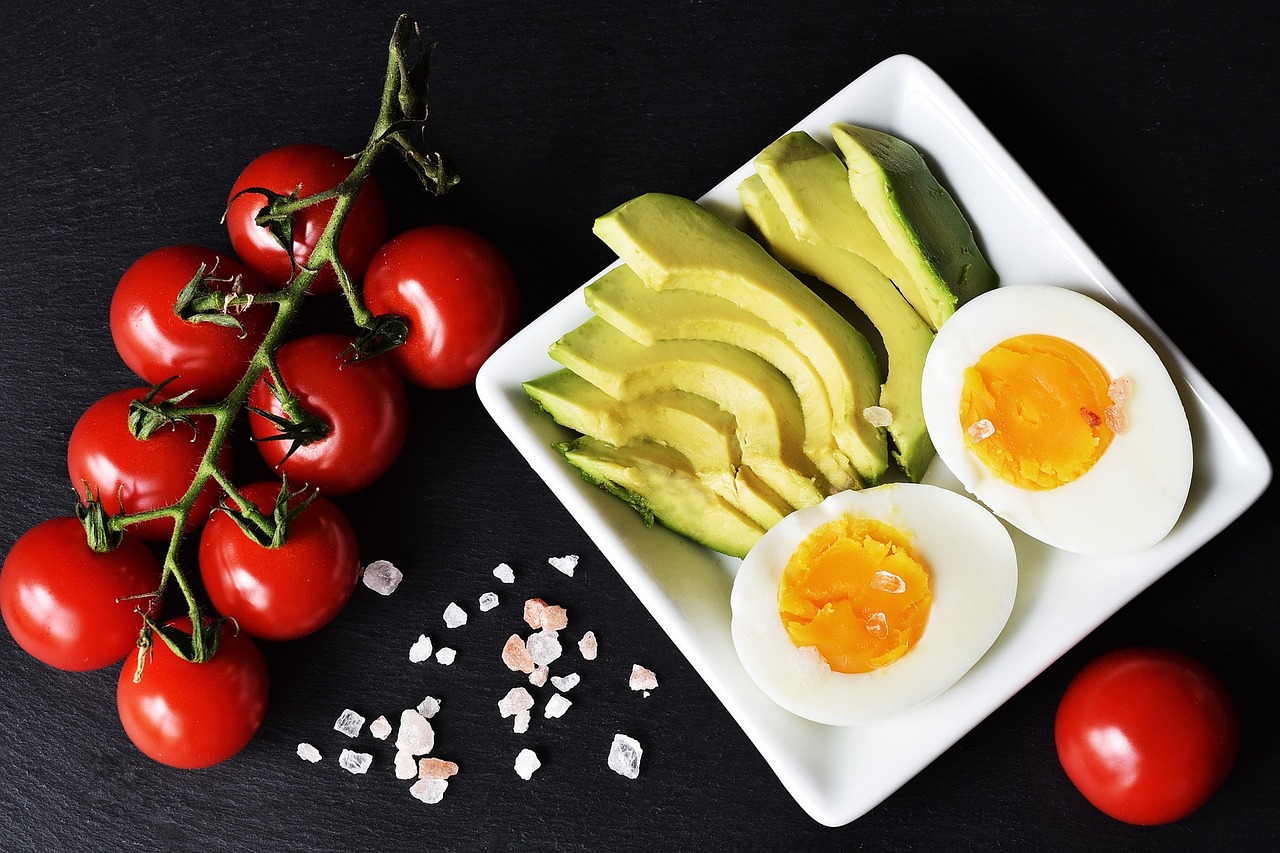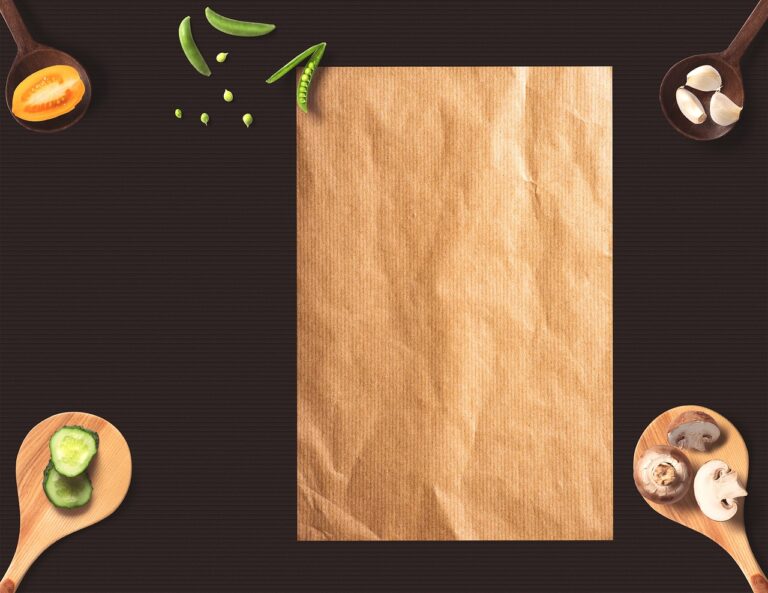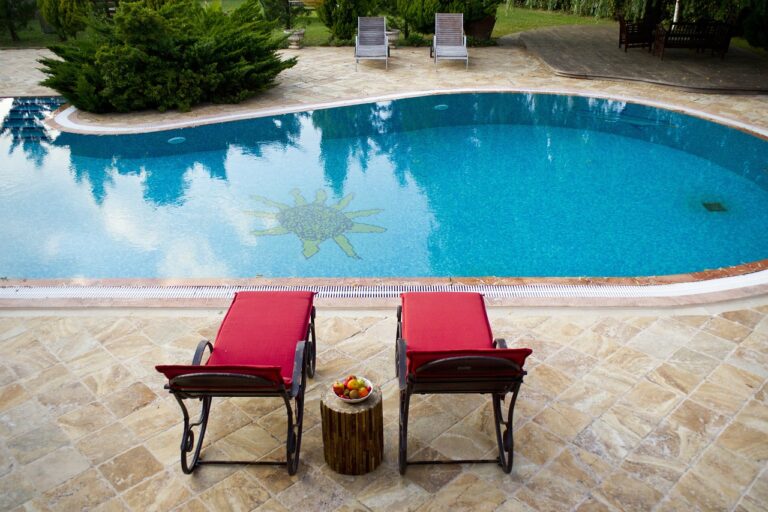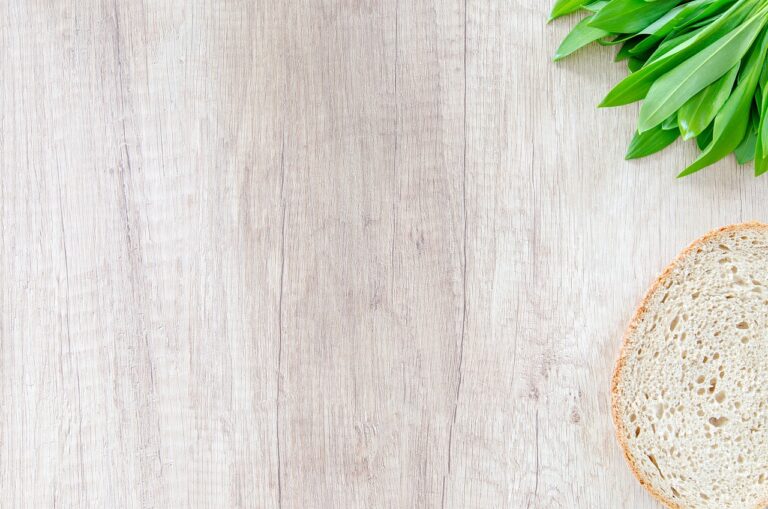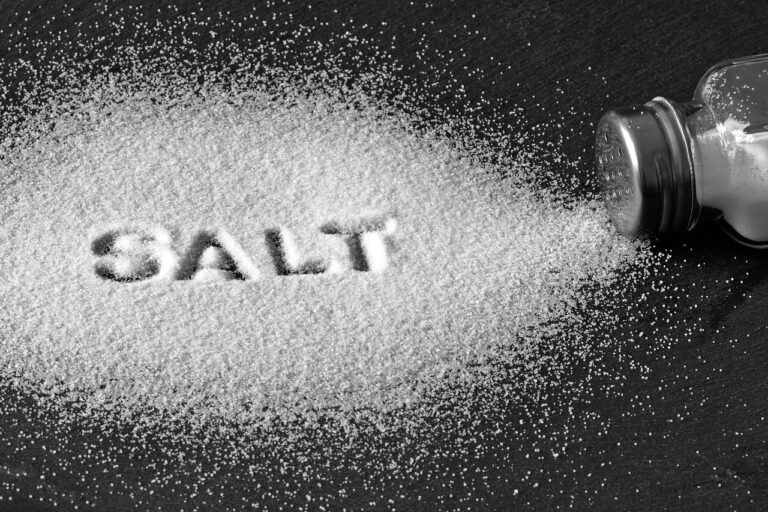The Potential of 3D Bioprinting in Vascular Tissue Engineering for Organ Repair
Vascular tissue engineering plays a crucial role in the repair and regeneration of damaged organs. The development of functional blood vessels is essential for ensuring proper nutrient and oxygen supply to the newly engineered tissues. Without a well-established vascular network, the survival and integration of the engineered organ tissue may be compromised, leading to potential failure of the organ repair process.
Moreover, vascular tissue engineering offers the possibility of creating complex vascular structures that closely mimic the native vasculature found in human organs. By utilizing advanced biomaterials and bioengineering techniques, researchers can now design intricate networks of blood vessels that can support the growth and function of the engineered tissues. This innovative approach not only enhances the overall functionality of the repaired organs but also opens up new avenues for treating a variety of organ-related diseases and injuries.
Current Challenges in Organ Transplantation
When it comes to organ transplantation, one of the primary challenges lies in the scarcity of donor organs. The demand for organs far exceeds the supply, resulting in long waiting lists and increased mortality rates for patients in need of transplants. This shortage emphasizes the critical need for alternative solutions to traditional organ donation, such as bioengineering and regenerative medicine techniques.
Another significant challenge in organ transplantation is the risk of rejection. Even with advancements in immunosuppressive drugs, the immune system’s response to a transplanted organ remains a major concern. Finding ways to better control and minimize rejection reactions while still preserving the function of the transplanted organ is an ongoing area of research and development in the field of organ transplantation.
Advancements in 3D Bioprinting Technology
The field of 3D bioprinting technology has made significant strides in recent years, bringing us closer to the reality of printing viable, functional human organs for transplantation. Researchers and scientists are continually pushing the boundaries of what is possible in tissue engineering, using innovative techniques to replicate the complex structures of organs with astonishing precision.
One of the key advancements in 3D bioprinting technology is the ability to print tissues and organs using a variety of biomaterials, including patient-specific cells. This personalized approach not only increases the likelihood of successful transplantation but also reduces the risk of rejection by the recipient’s immune system. With further developments in bioink formulations and printing processes, the potential for creating fully functional organs on demand is becoming increasingly feasible.
What is the significance of vascular tissue engineering in organ repair?
Vascular tissue is crucial for providing the necessary nutrients and oxygen to cells within organs. By engineering vascular tissue, we can ensure proper functioning of the organ and promote successful integration following transplantation.
What are some of the current challenges in organ transplantation?
Some challenges include organ rejection, shortage of donor organs, and the need for immunosuppressive drugs. These challenges highlight the importance of developing alternative solutions, such as 3D bioprinting technology.
How have advancements in 3D bioprinting technology improved organ transplantation?
3D bioprinting technology allows for the precise placement of cells and materials to create functional tissues and organs. This technology has the potential to address the challenges in organ transplantation, including organ shortage and rejection.
What are some recent advancements in 3D bioprinting technology?
Recent advancements include the development of bioinks with improved properties, such as enhanced cell viability and functionality. Researchers are also exploring new techniques to create complex vascular networks within printed tissues.

